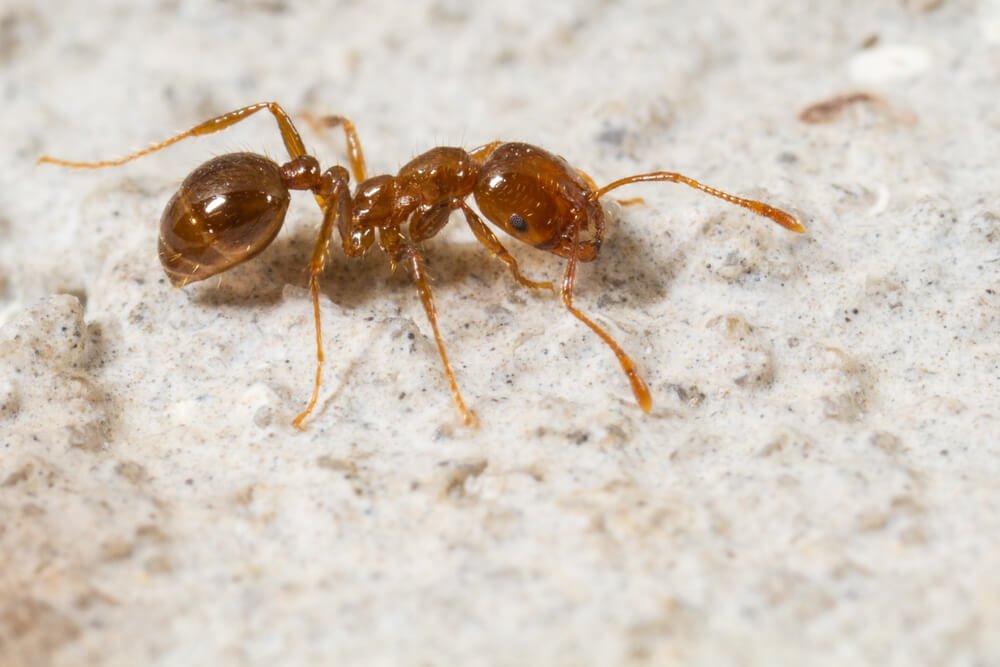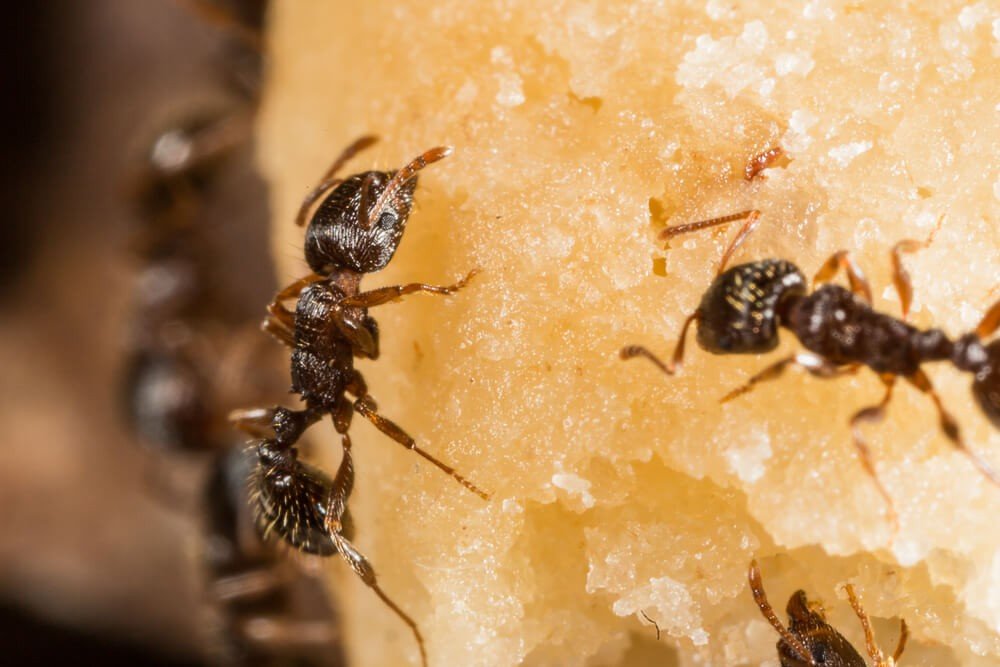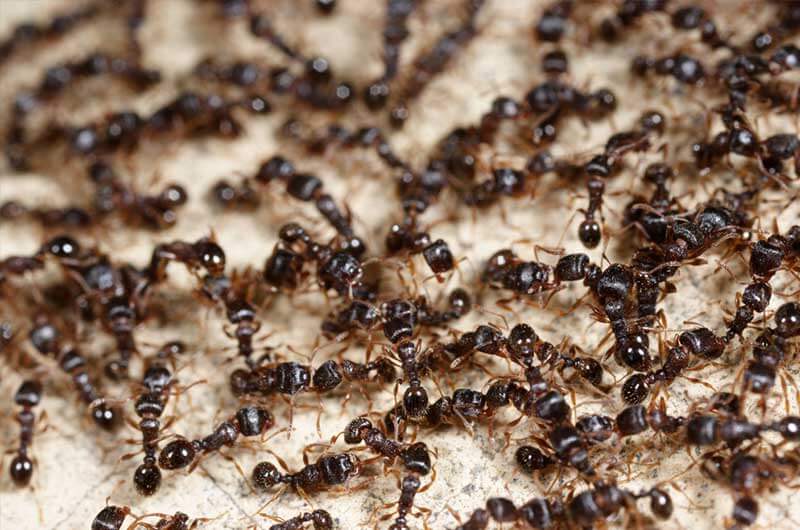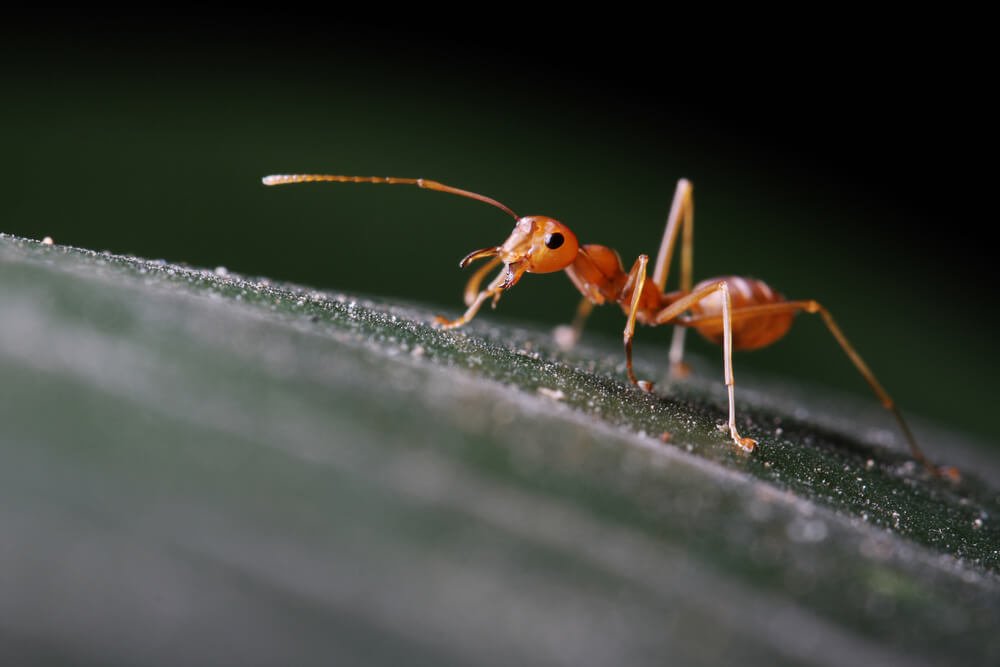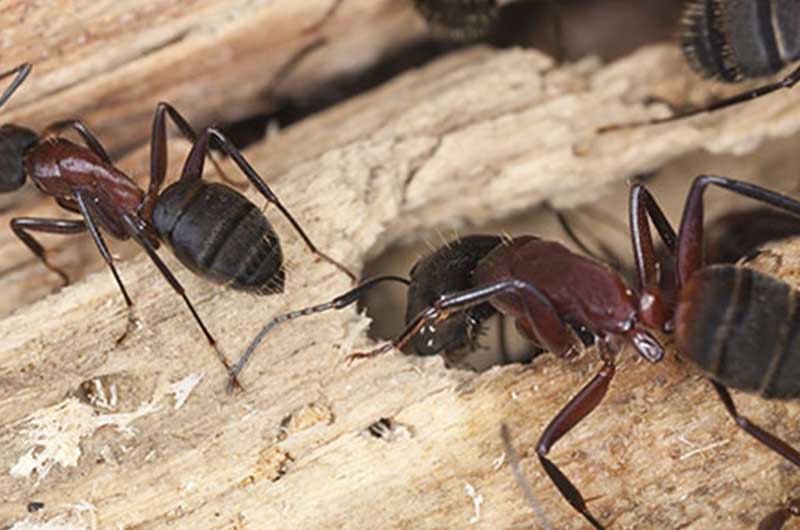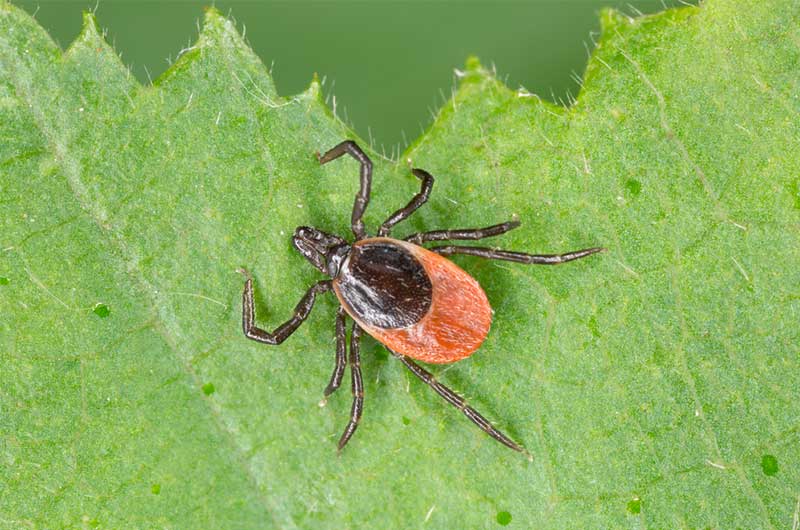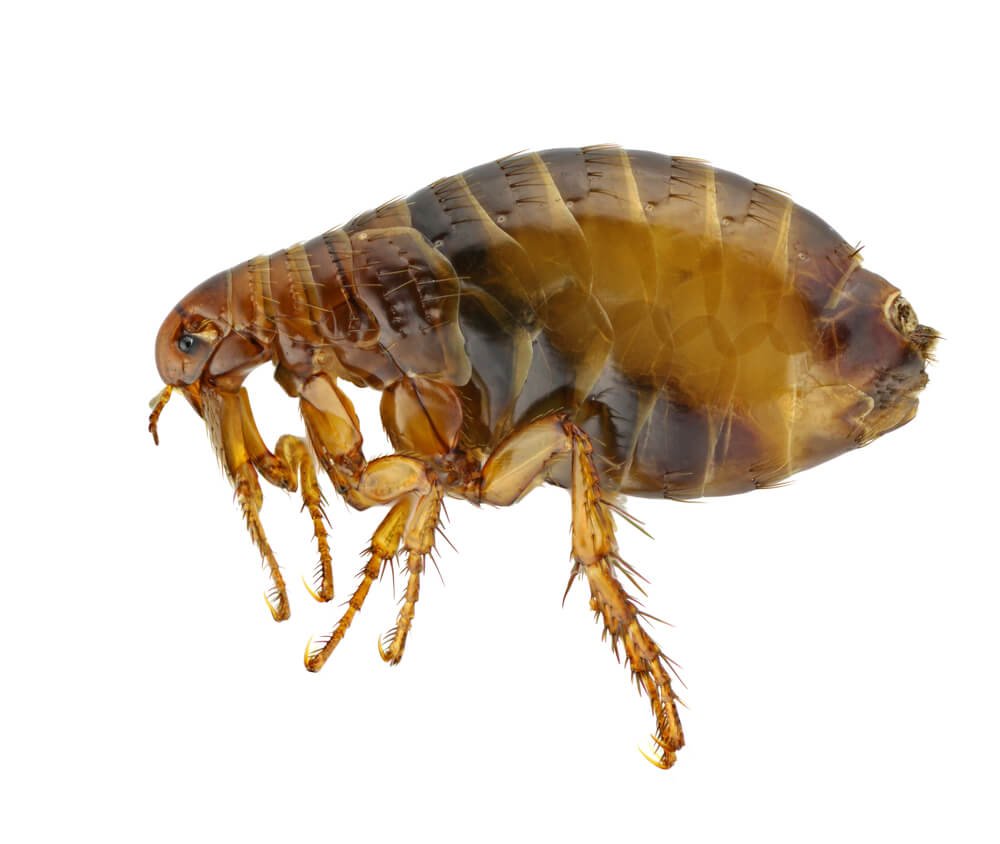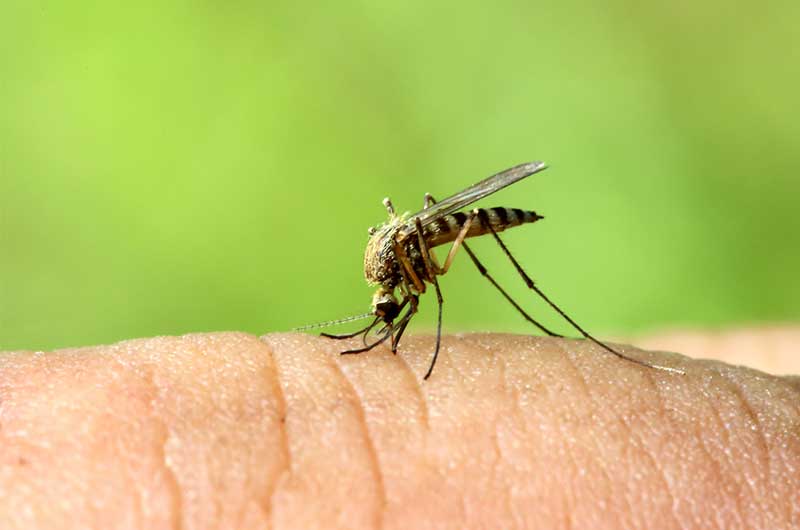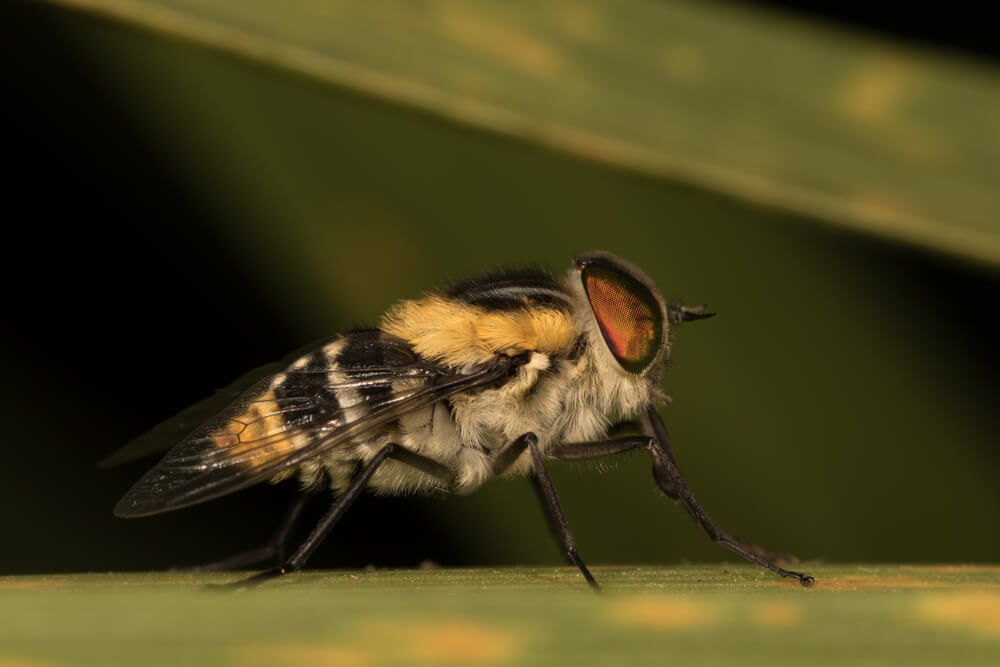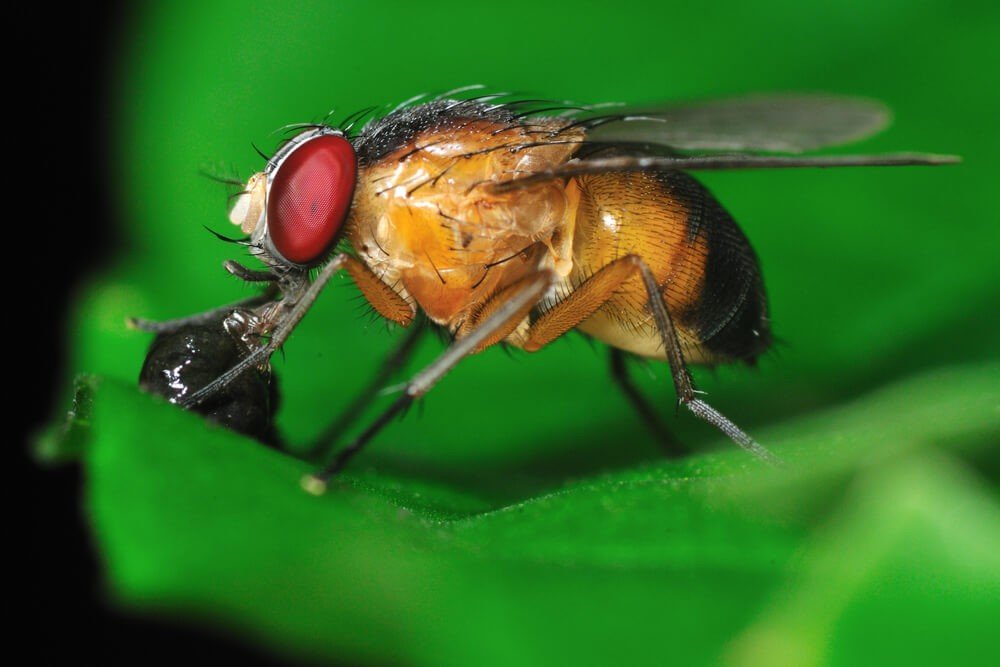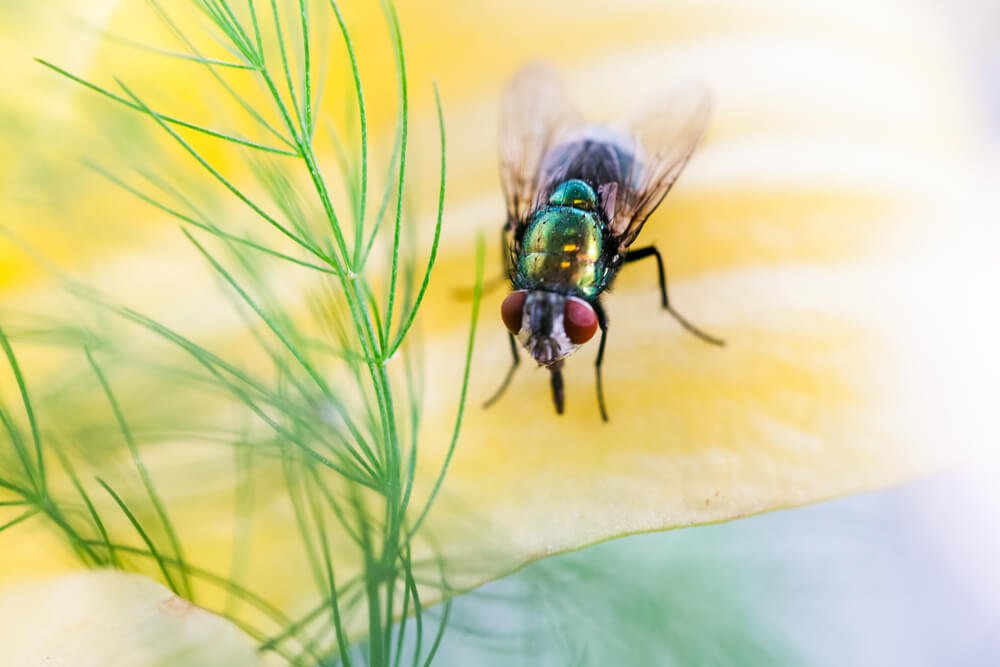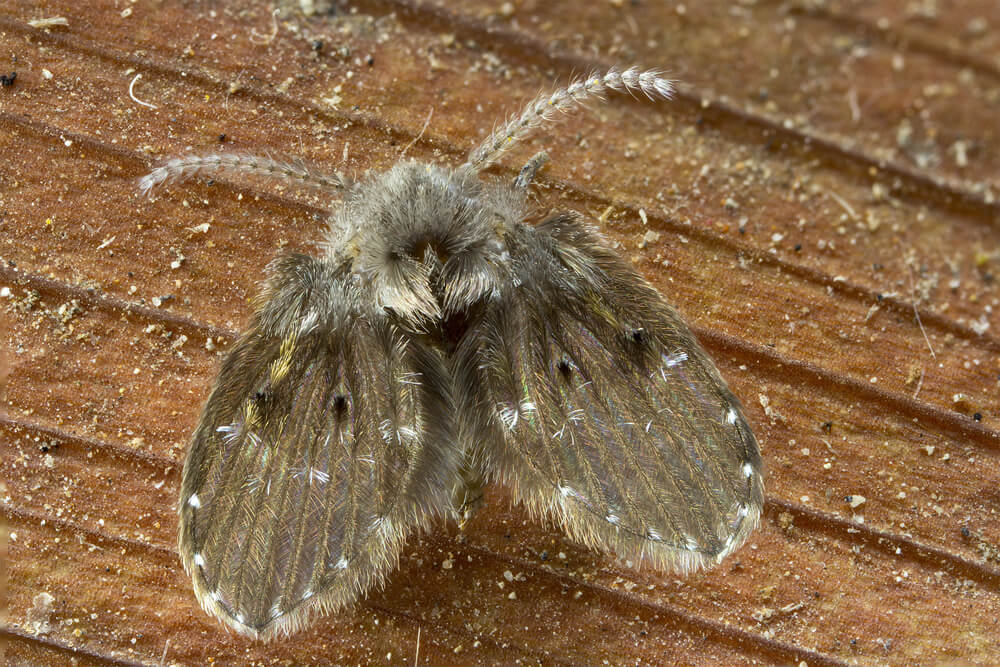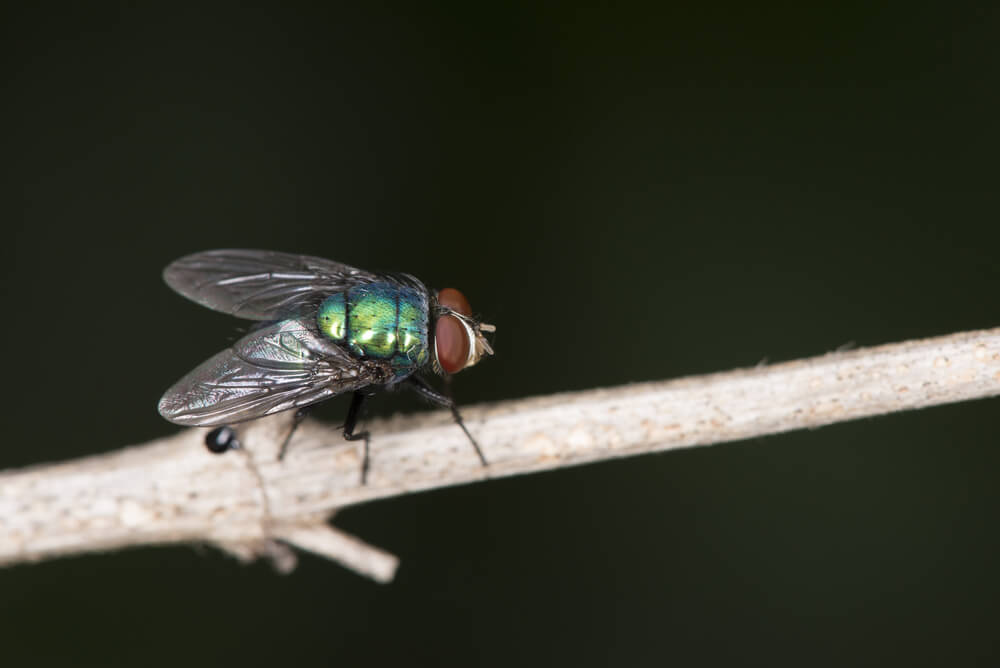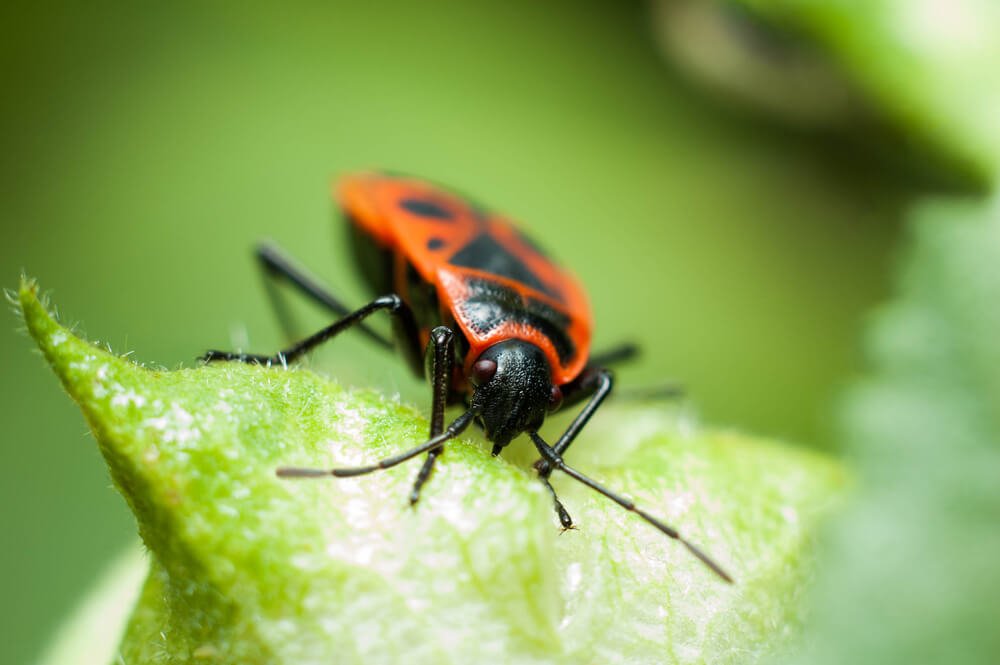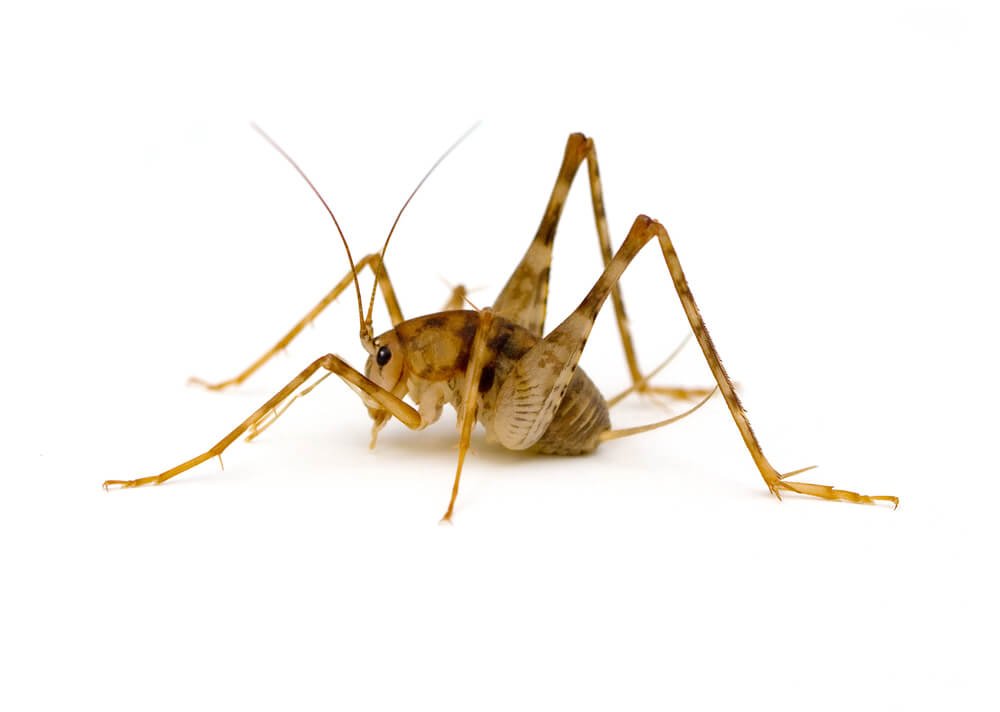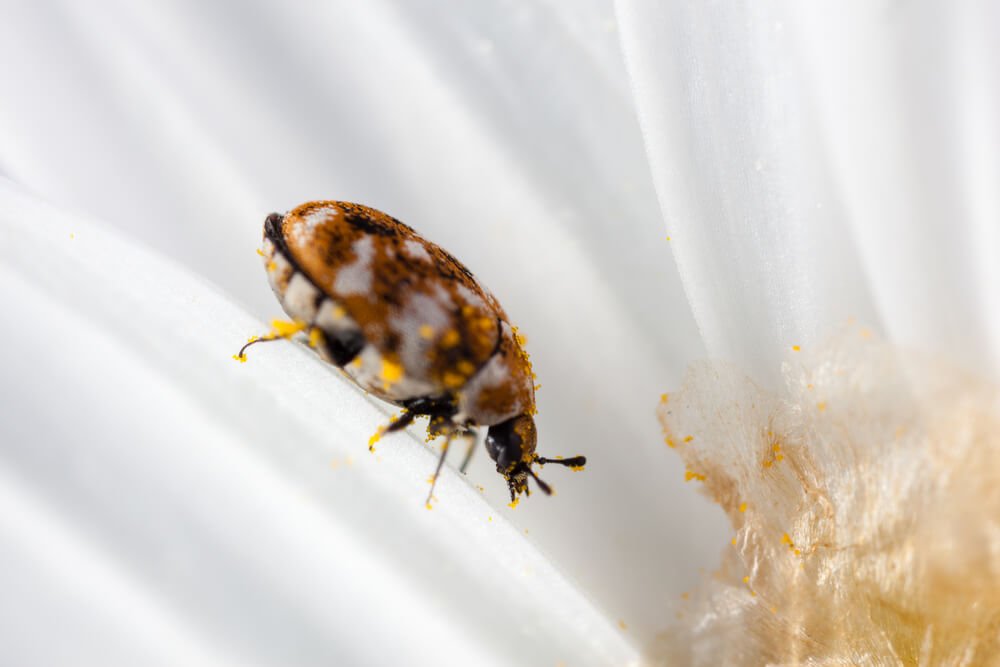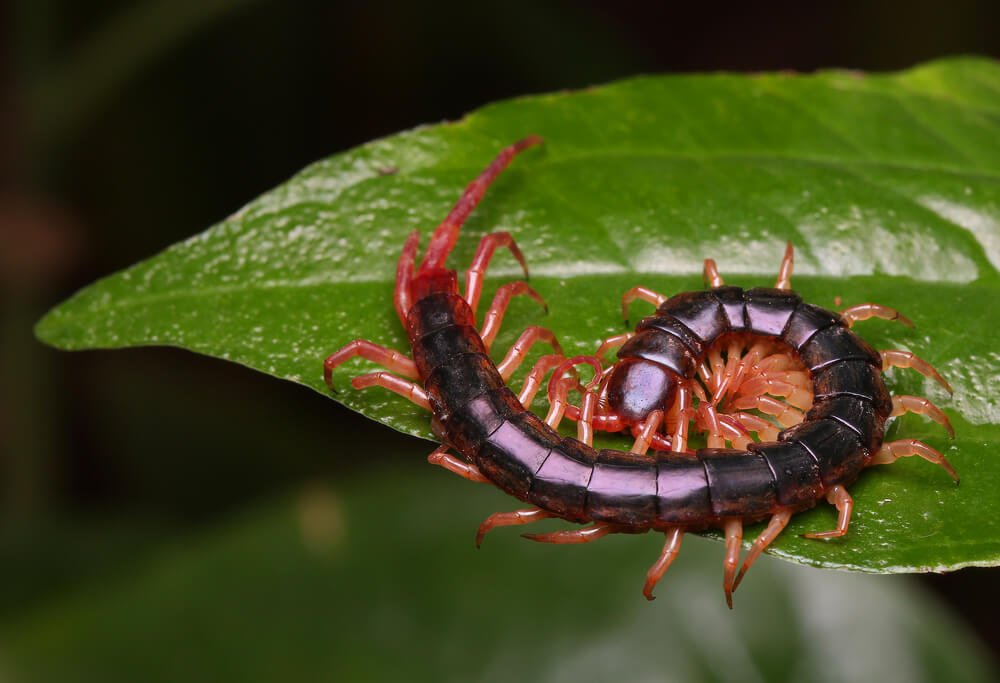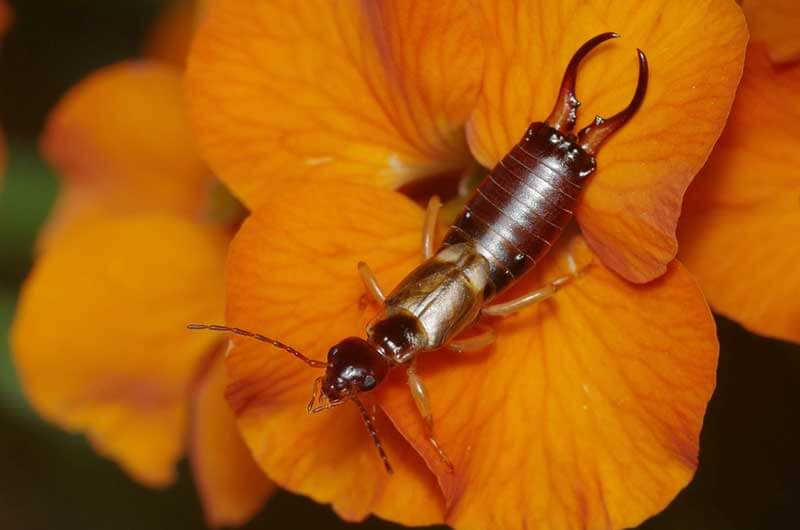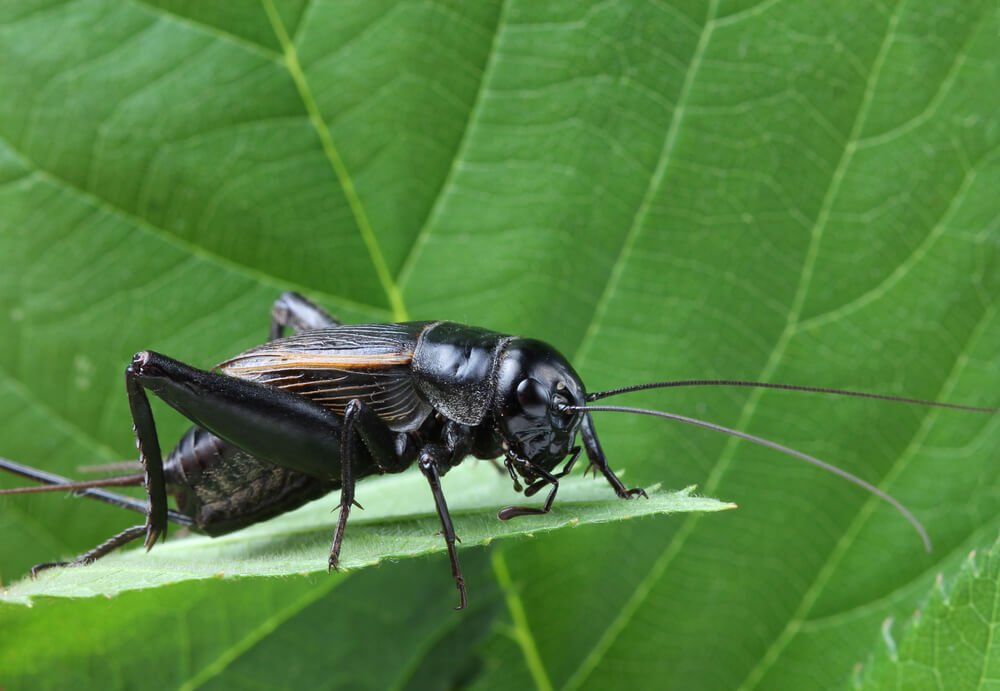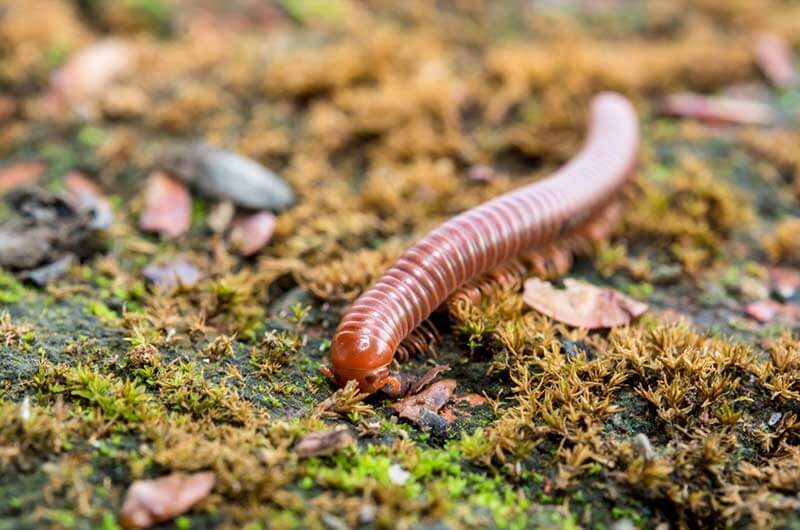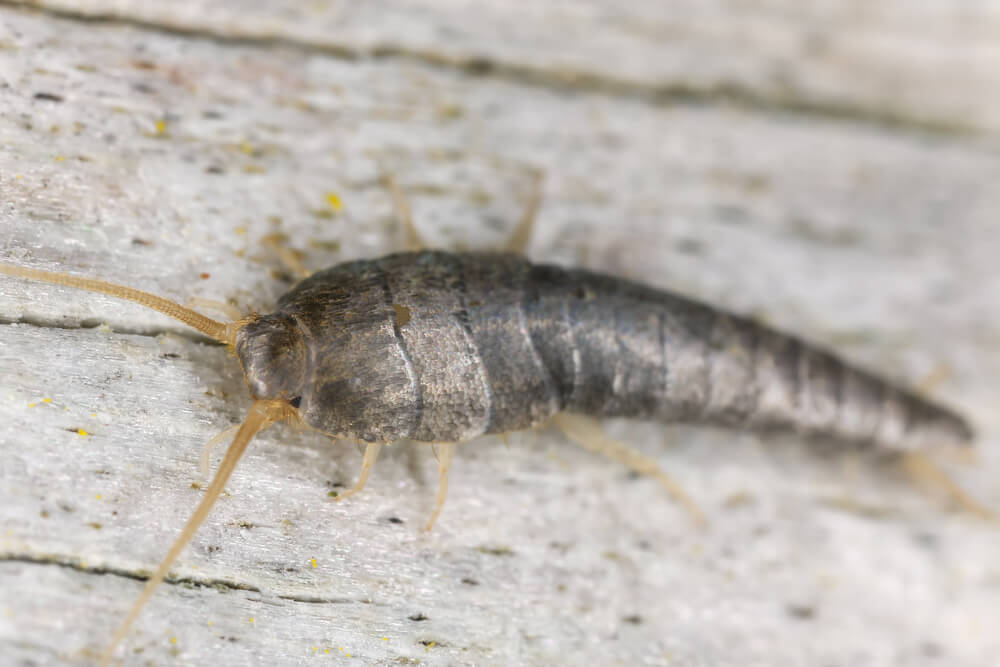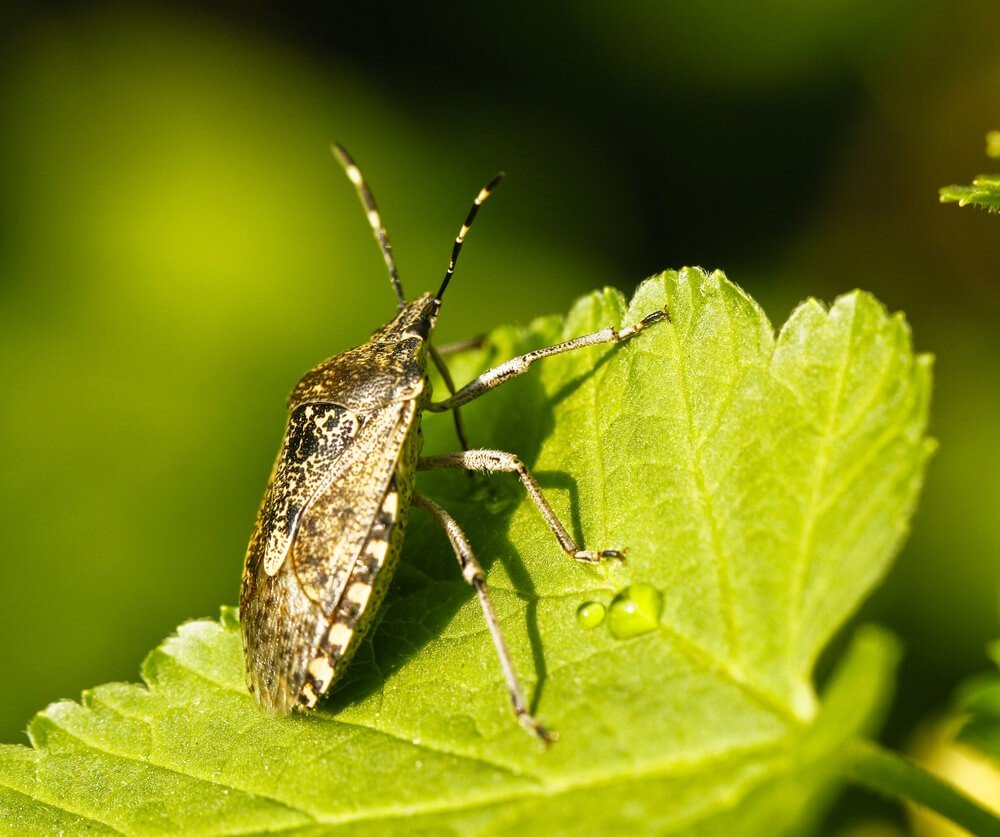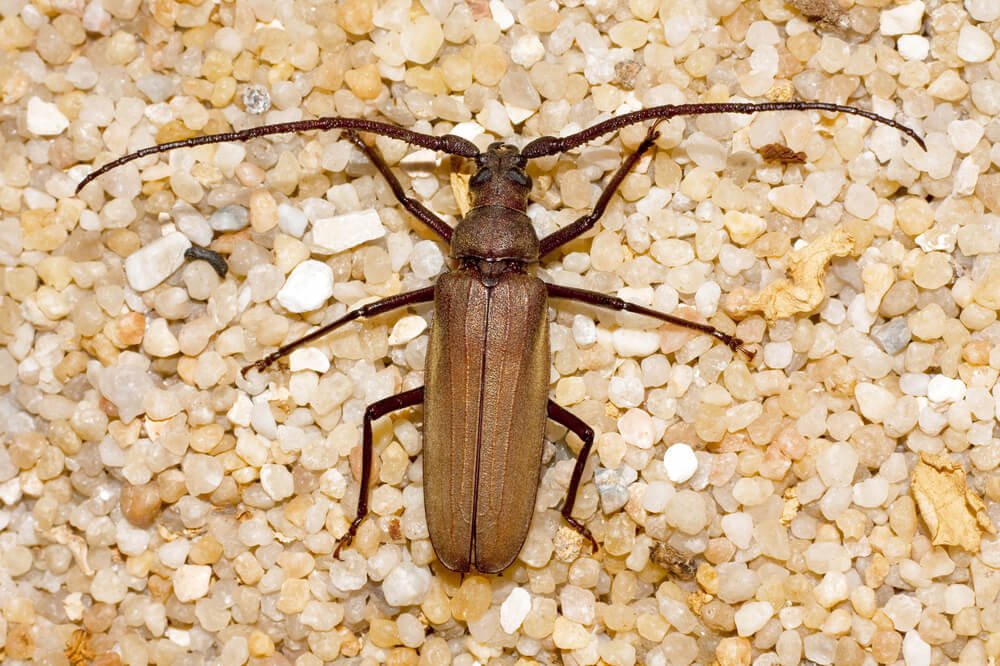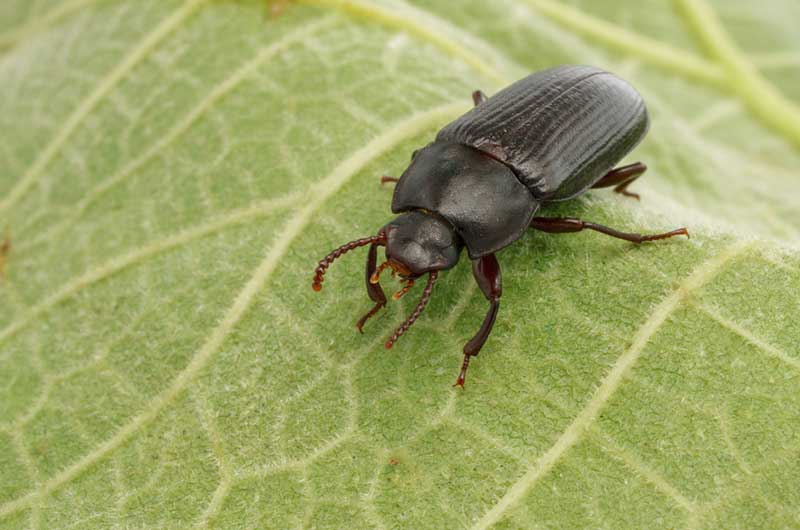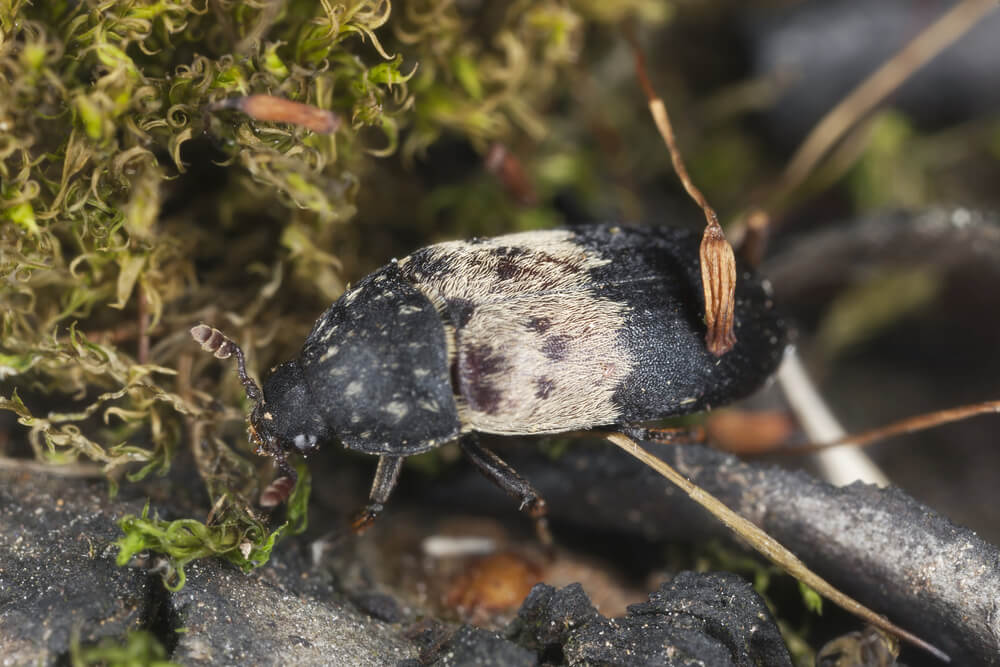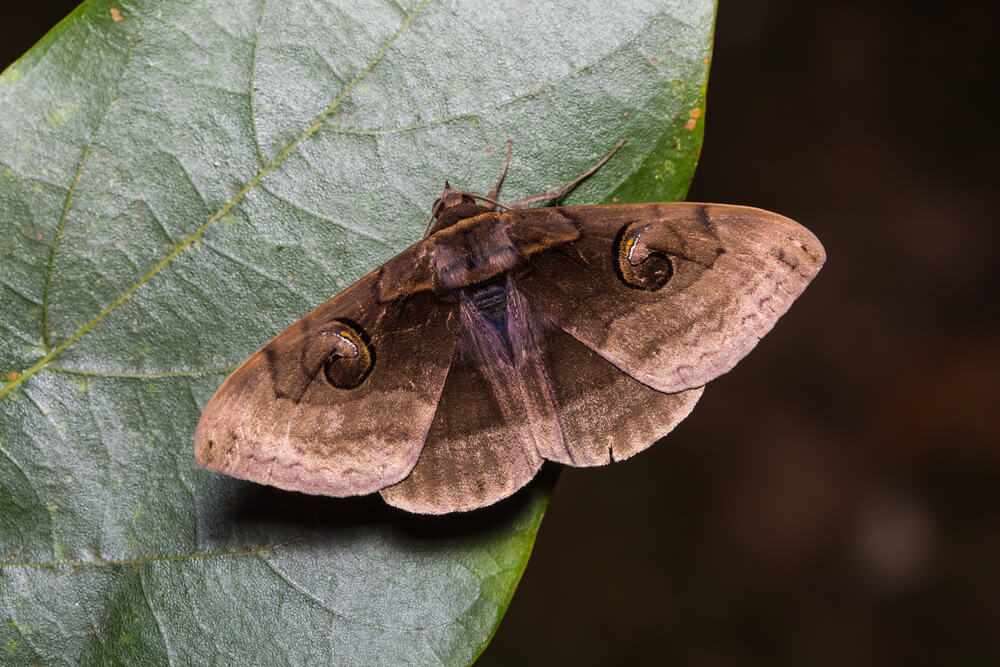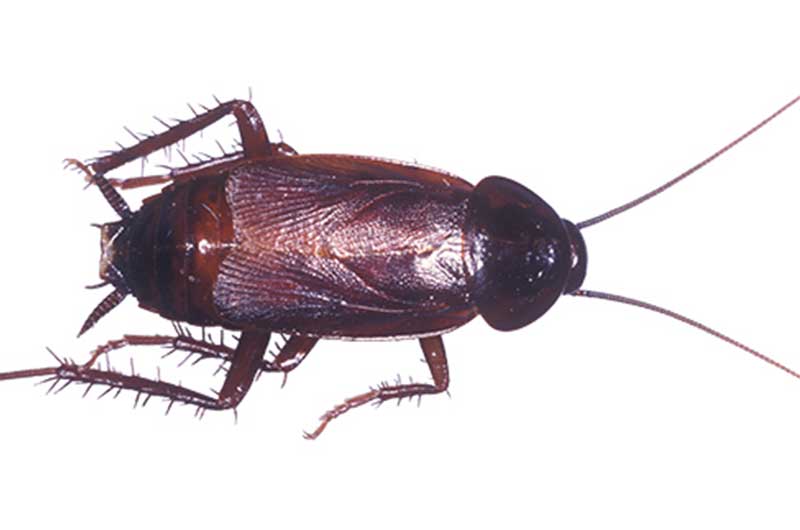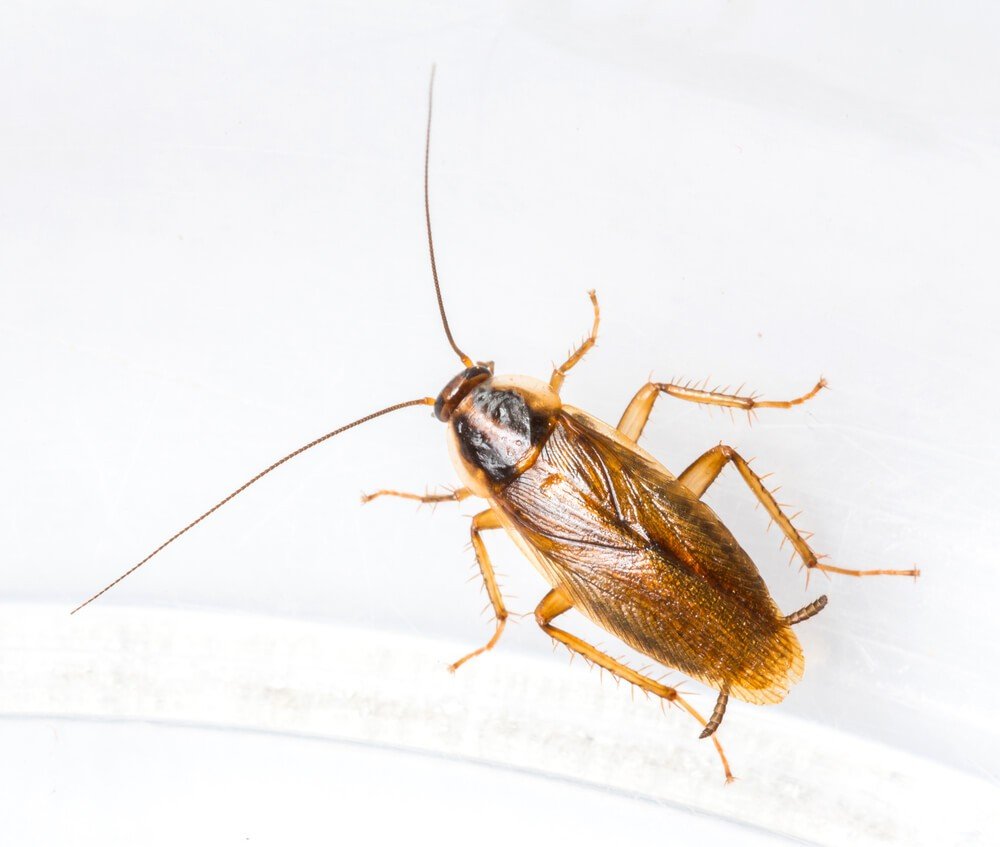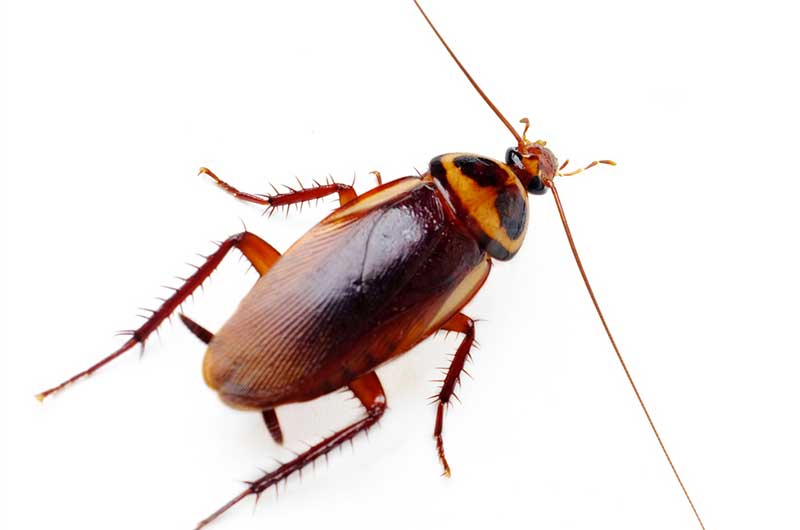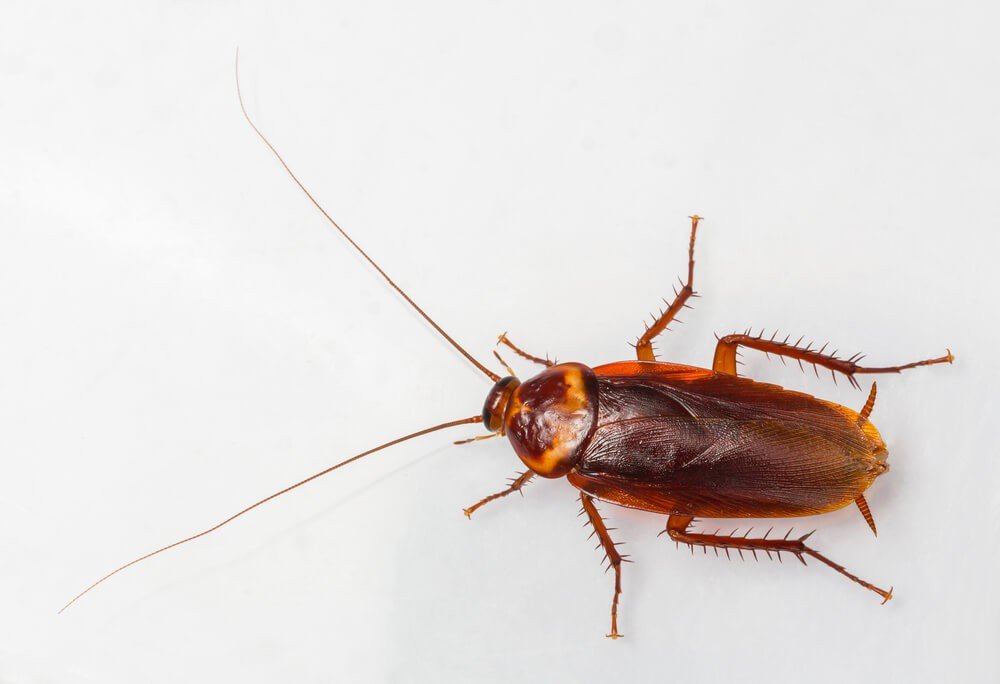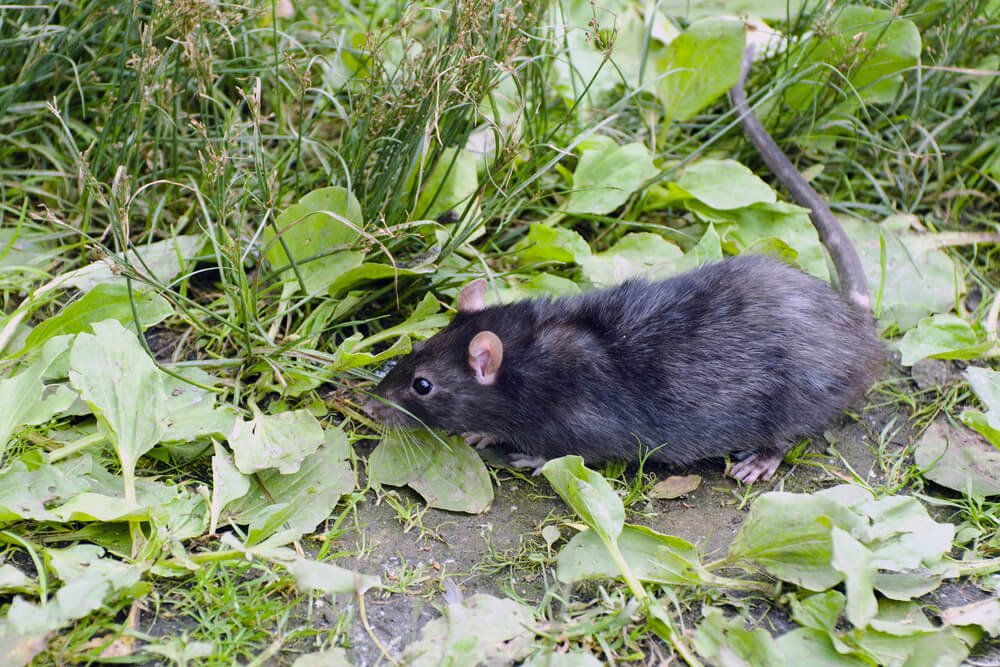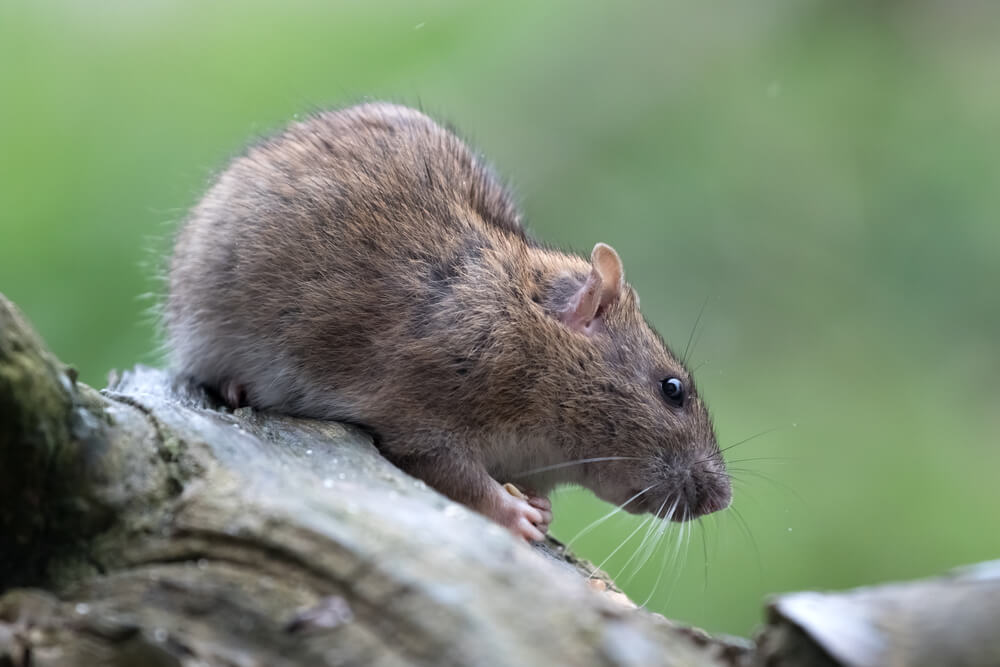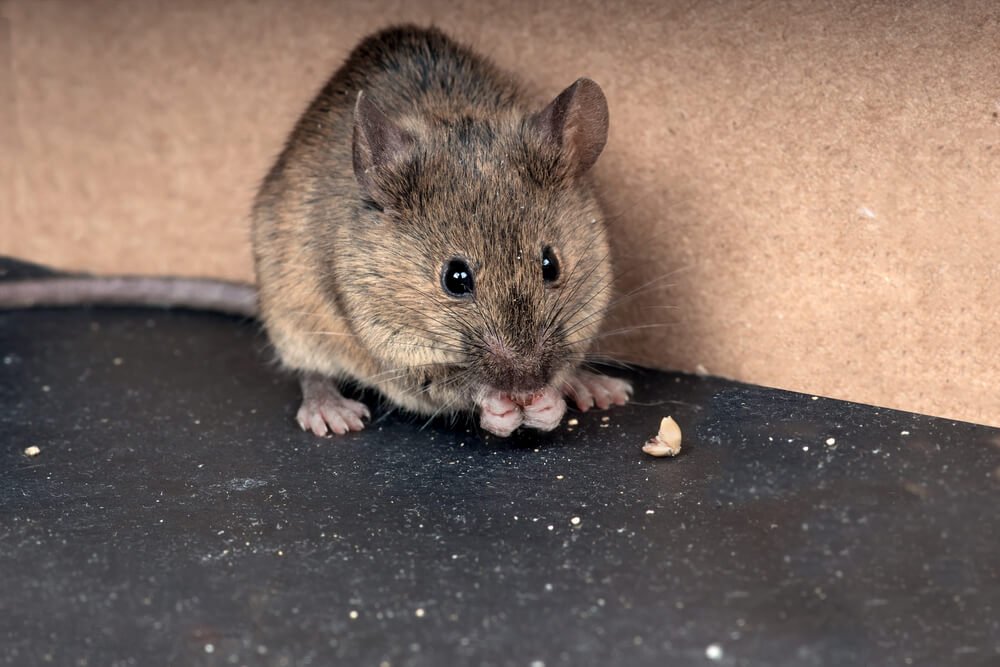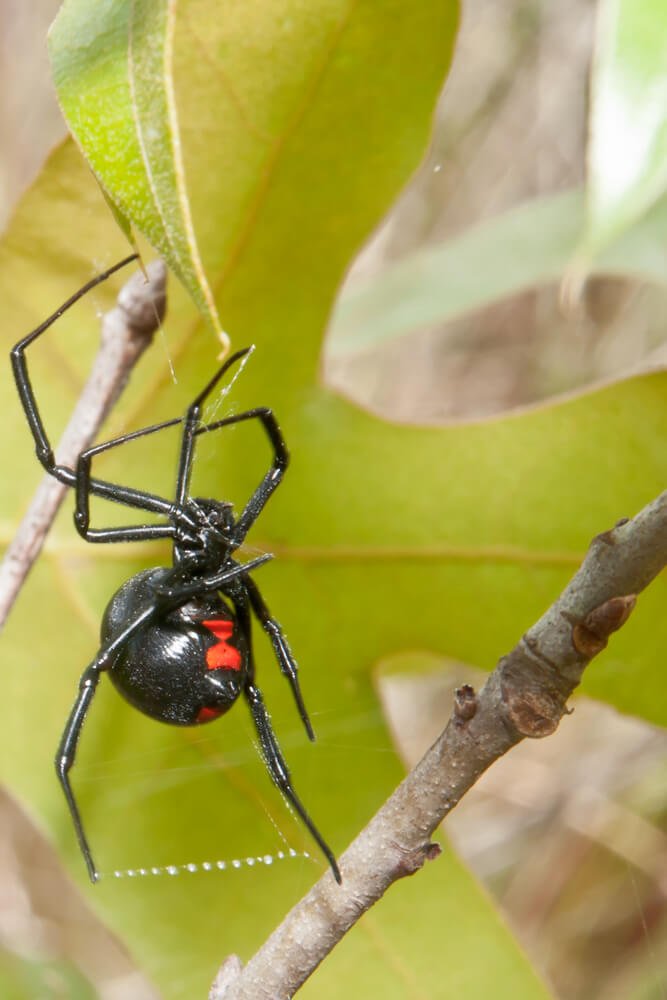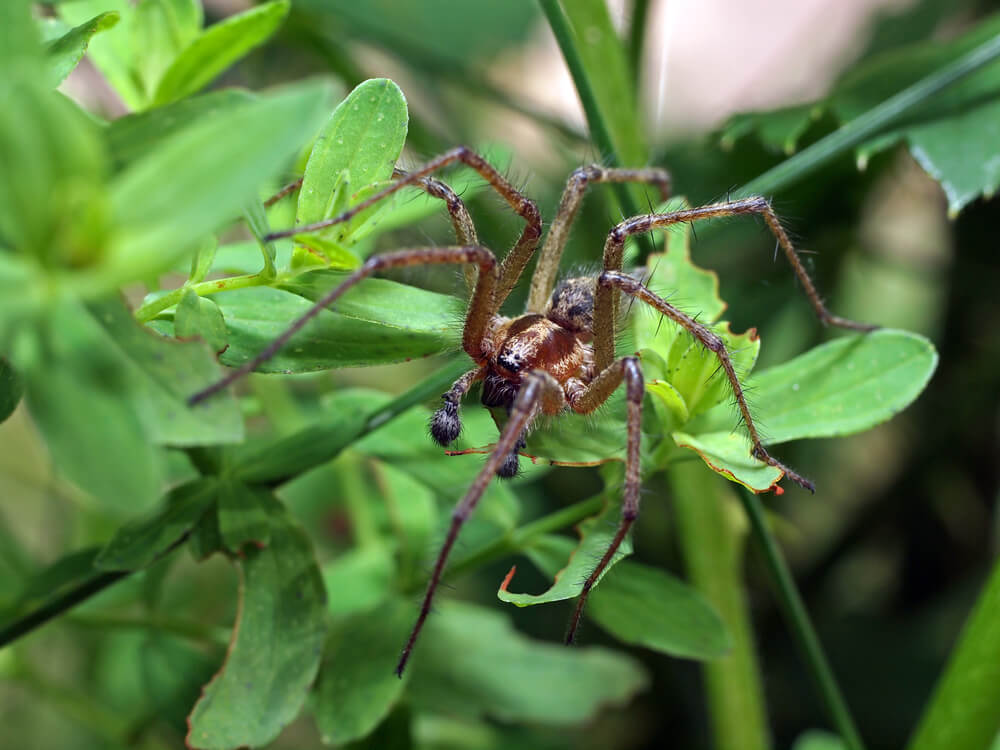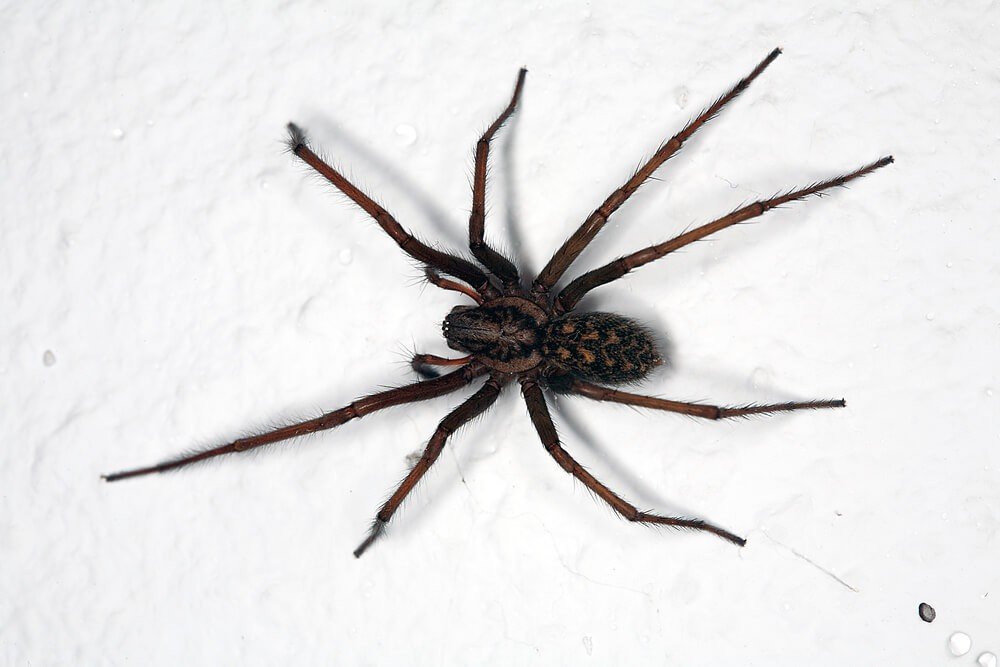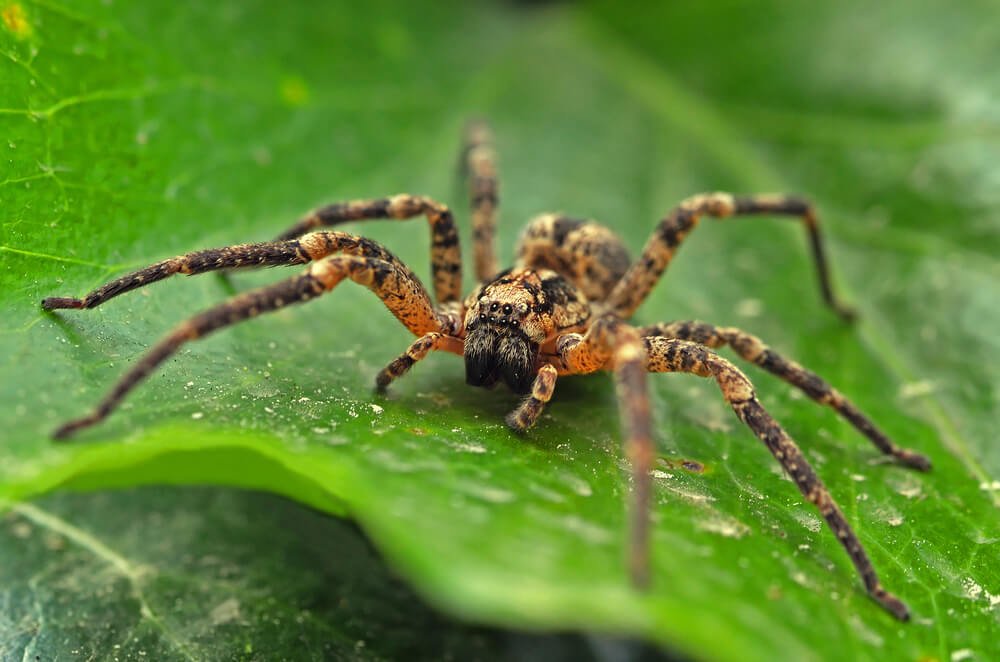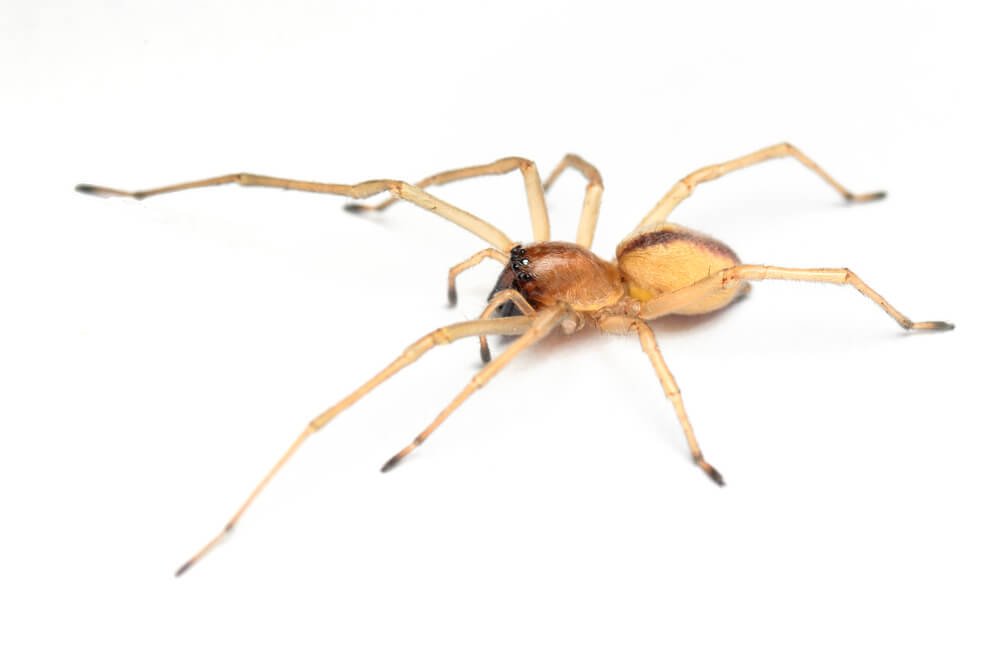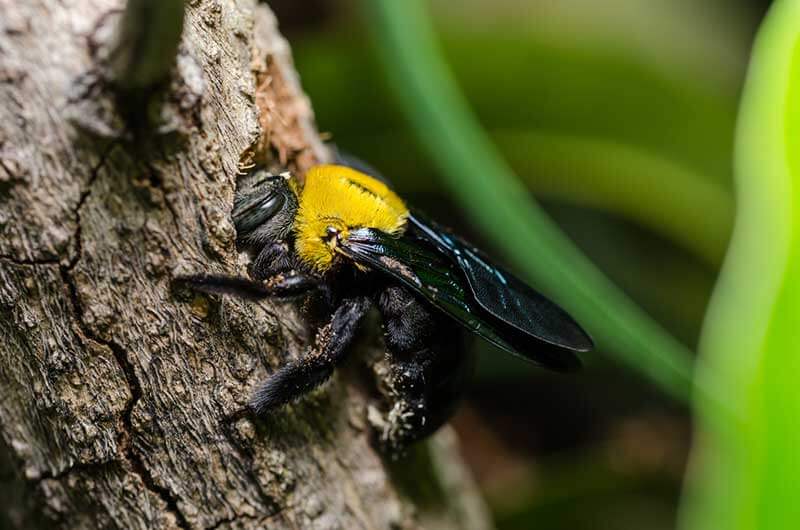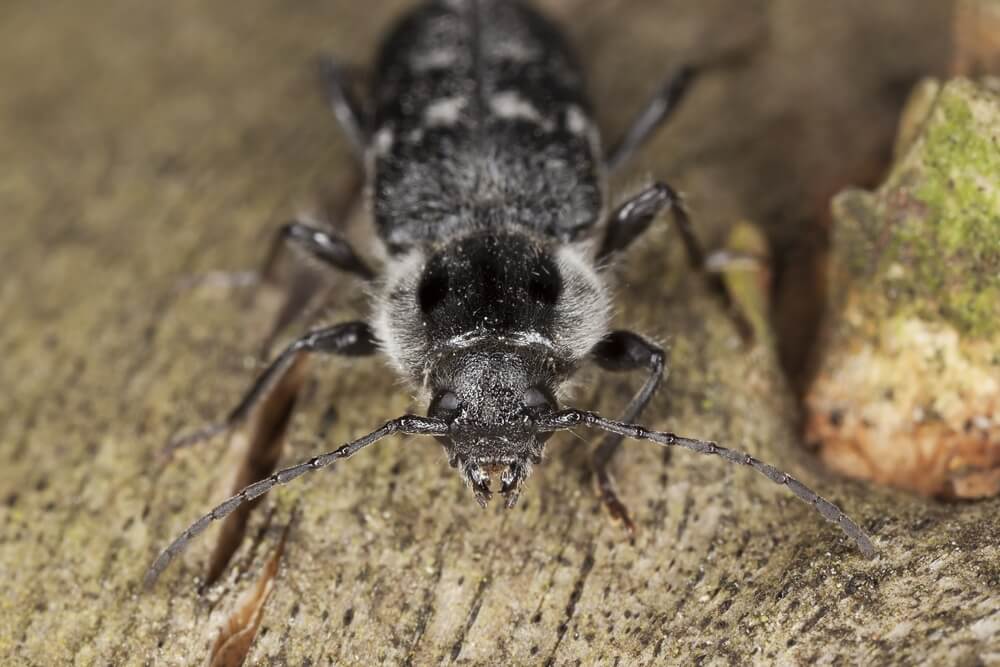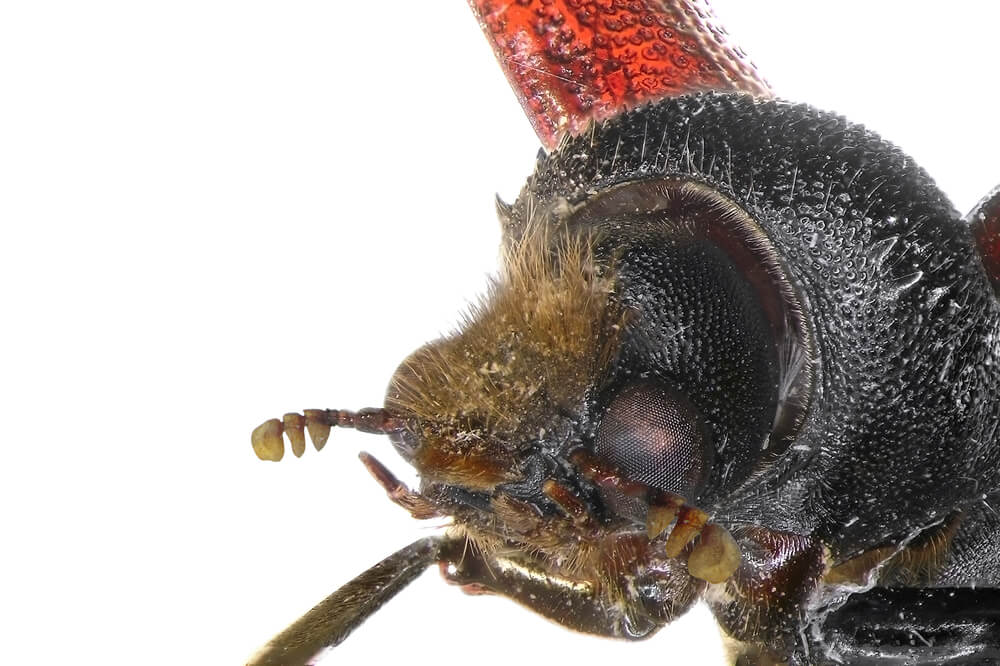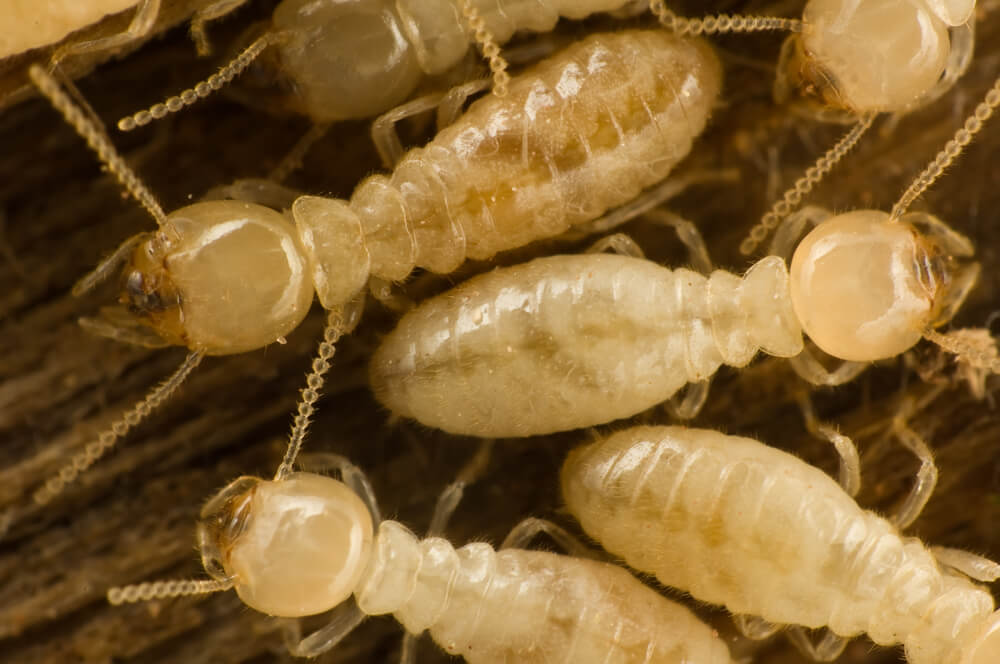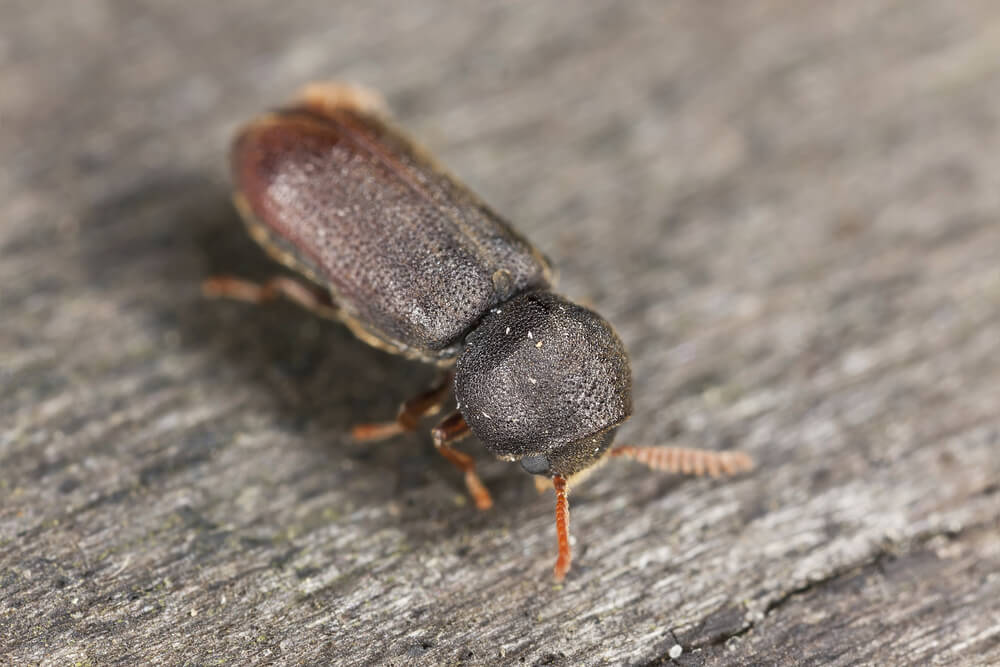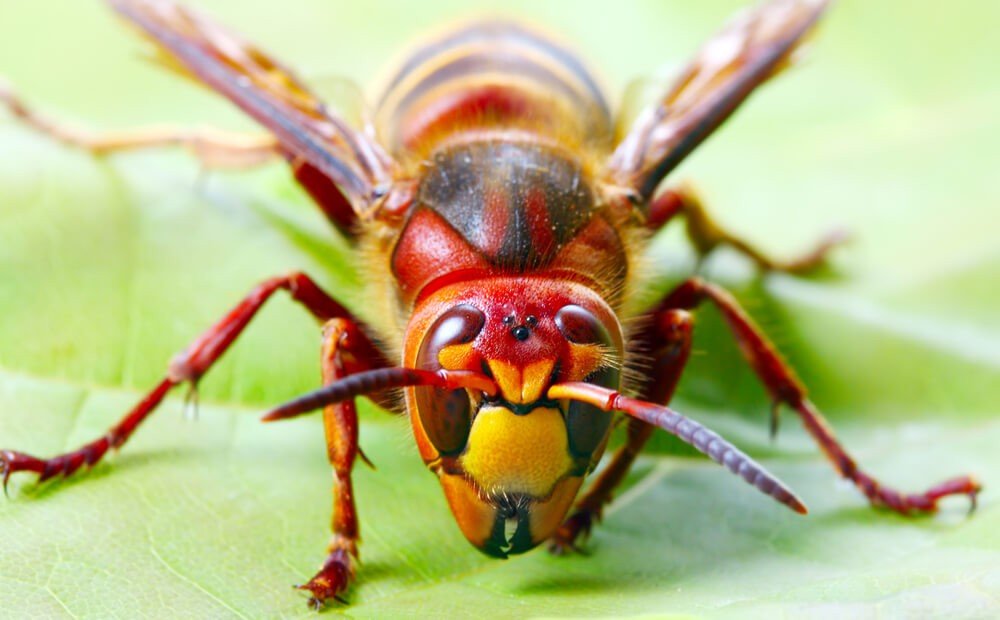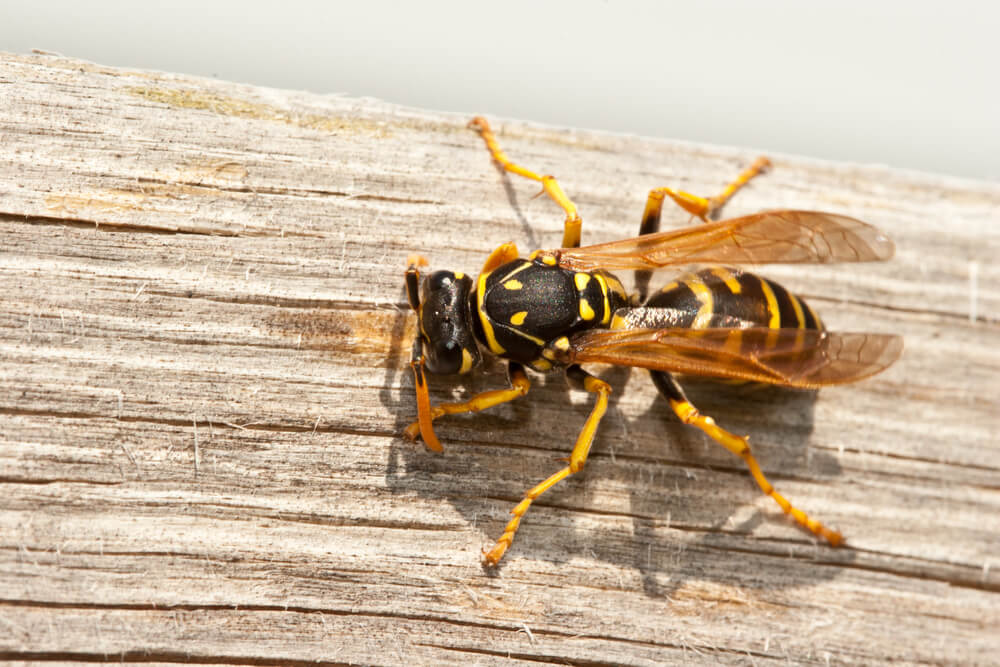Bed Bug Eradication
Bed bugs were virtually eradicated in the United States during the 1940s with the use of chloradane, lindane and DDT. Bed Bugs did however remain commonplace in other areas of the world like parts of Europe, Asia, South and Central America. With the advent of easier and less expensive worldwide travel, immigration and trade; changes in pest management (less residual insecticides, less frequent chemical application and older effective insecticides are now illegal); and a new American public that is not familiar with bed bugs, their habits and their bites; bed bugs have been able to proliferate once again.
*Bed bugs have piercing-sucking mouth parts (think mosquito) so they can pierce the skin and suck blood.
*Bed bugs secrete compounds to keep the host’s blood from coagulating (doesn’t scab up) and the host’s blood vessels dilated (stay open, don’t clog up).
*Bed bugs are excellent hitchhikers. They are found anywhere people can go. As more areas become infested, it is more likely that bed bugs will be carried on people and their belongings to other locations.
*Bed bugs prefer to live within five feet of where their hosts sleep or rest for easy feeding. They can however live up to 20 feet away.
*Bed bug adults are 1/5 inch x 1/3 inch, oval flat and reddish brown to mahogany in color (about the size of an apple seed or tick).
*Female bed bugs lay 1-5 eggs per day up to about 200 or more. They “attach” their eggs near where the hosts sleep in and on bedding, frames of the beds, cracks and crevices in furniture, walls, covers, floor boards, pillows, moldings, carpet edges at walls, draperies, electrical outlets, inside walls, luggage, shoes, clothing, upholstery, books, appliances and any other well protected areas.
*Bed bugs are usually active at night when hosts are motionless and sleeping, but in severe infestations they can be seen during the day.
*Bed bug eggs are translucent white and about .04 inches long. Eggs hatch in about ten days and the bed bugs shed their skins (molt) five times as they grow to maturity in about thirty days. They can live from ½ – 2 years.
*Bed bugs can slow down their growth stages when no host is present. Adults and growth stages can live up to a year without food. They can overwinter in unheated buildings and live.
*Bed bugs leave characteristic small, dark blood/fecal stains where they congregate and squeeze in and out of hiding places.
Management/treatment/prevention:
A thorough inspection by an experienced PermaTreat bed bug technician is highly recommended to come up with a comprehensive plan of action to eradicate this pest. In addition, persons who are having problems or could have problems need to be educated about bed bugs and their habits so they can identify infestations before they become severe. The greater the infestation, the more challenging the treatment process becomes.






